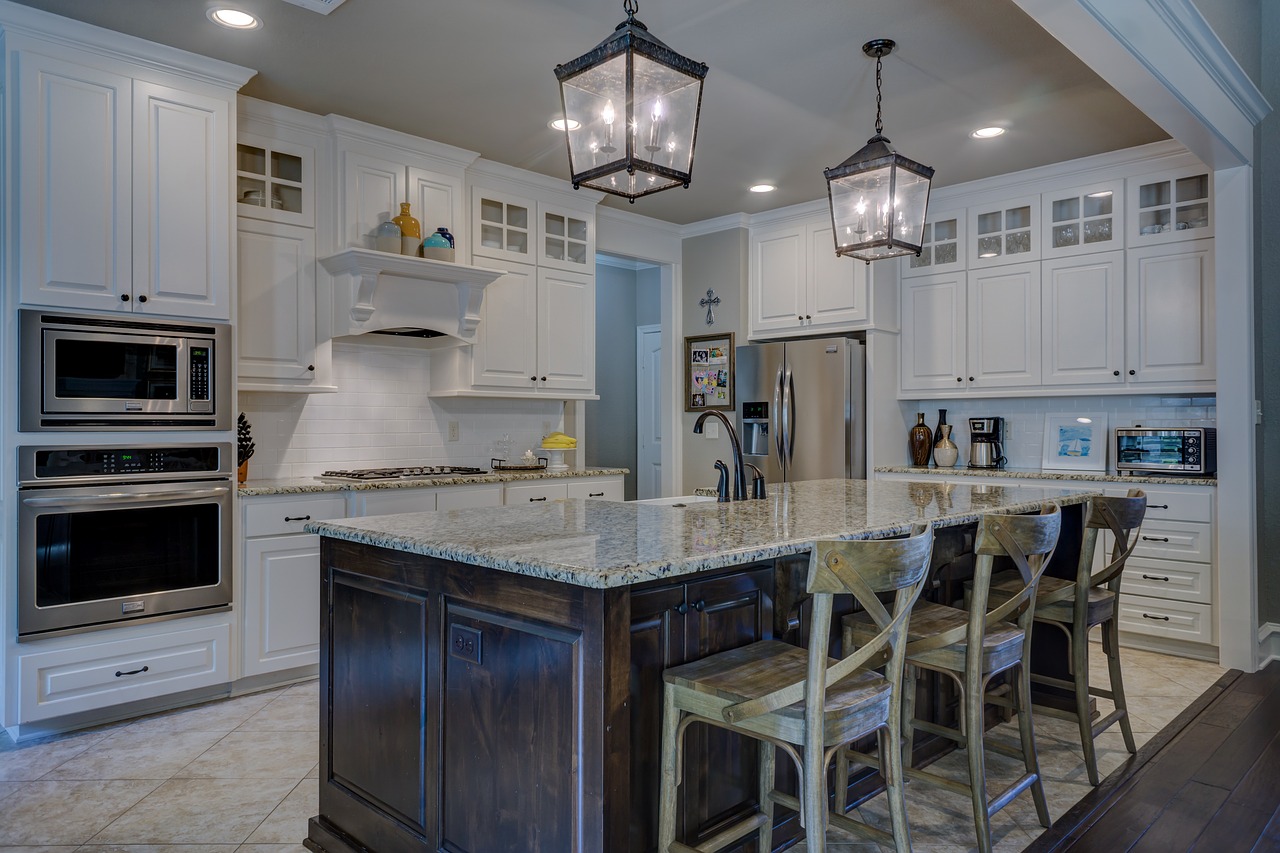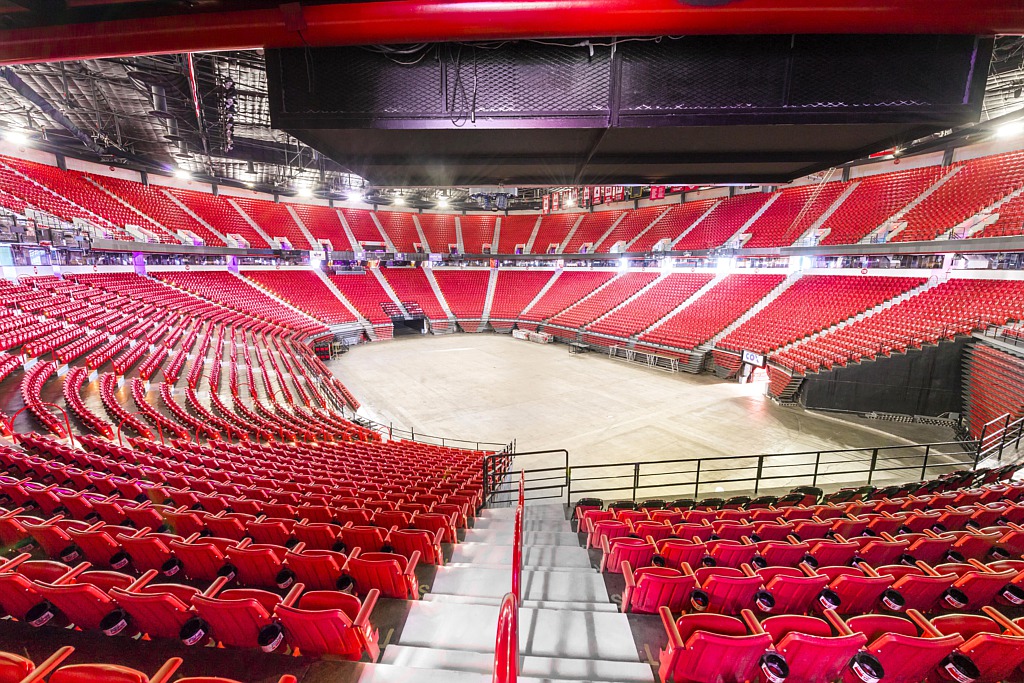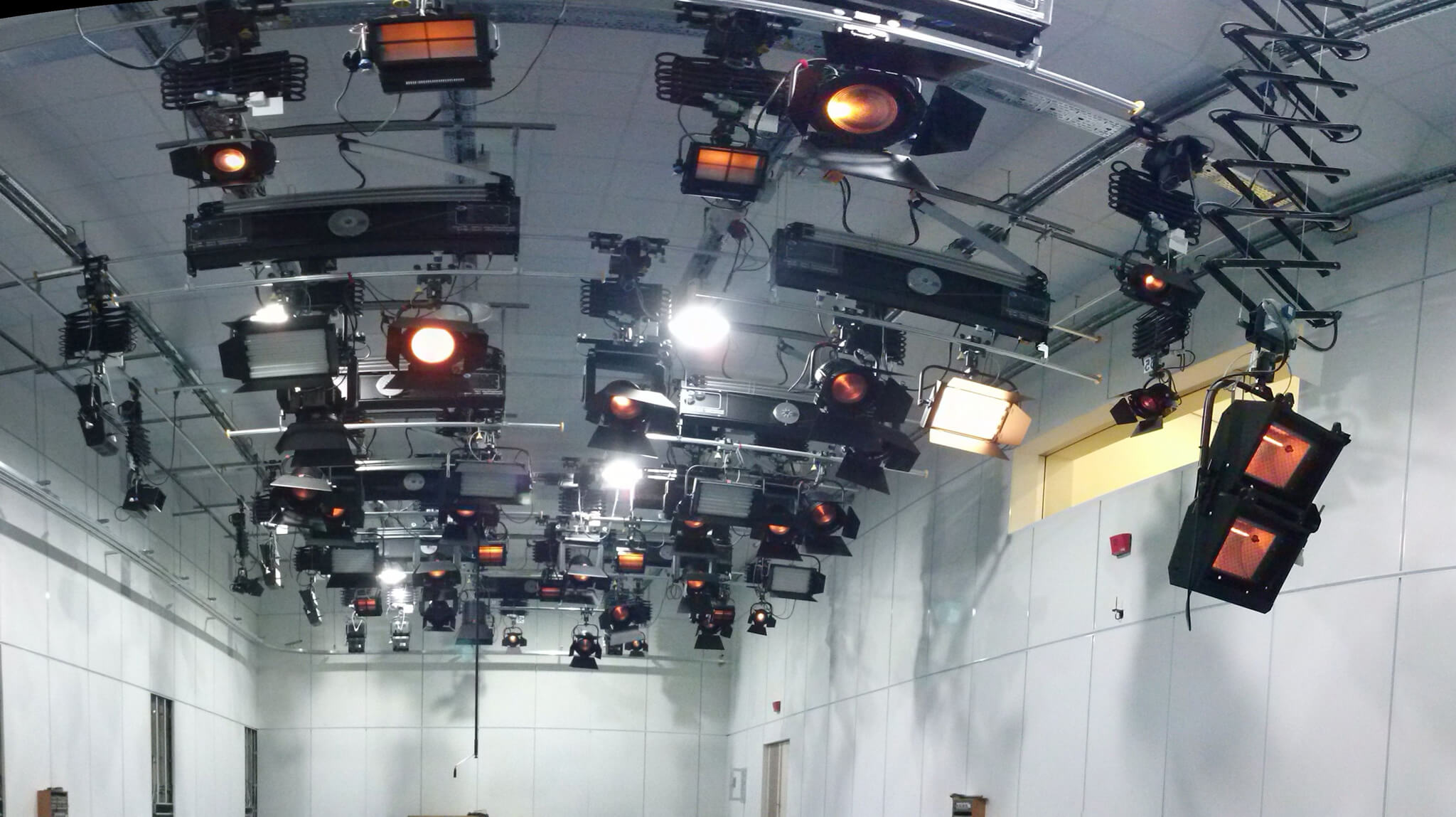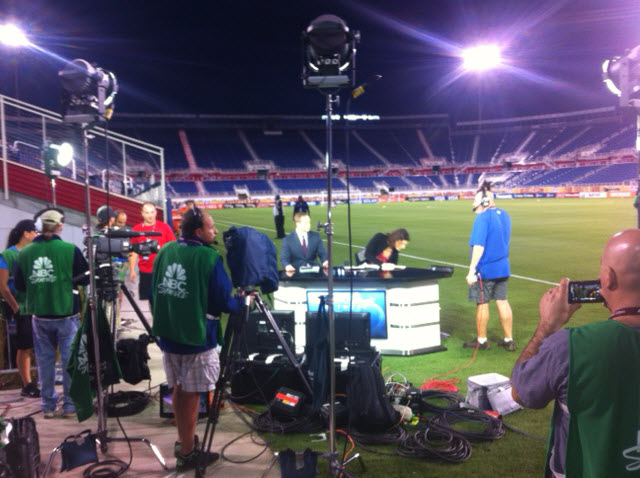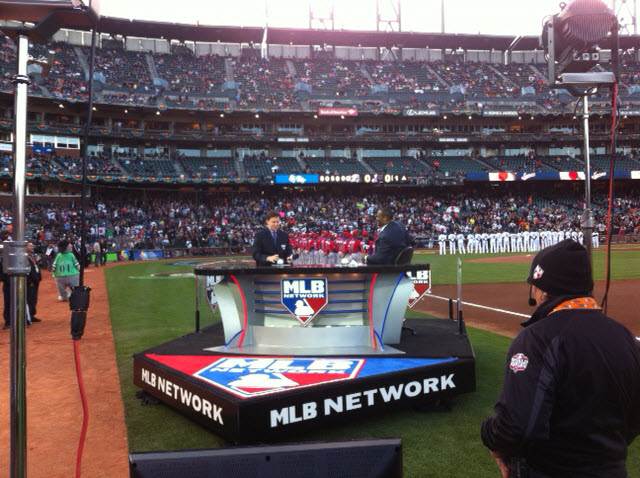Whether you are at home, in the office or out on the tiles, the right lighting adds ambiance to any atmosphere. A nightclub would be boring without pulsing strobe lights, and your bedroom would feel cold and empty without soft lighting on your nightstand.
The right lighting can enhance the look and feel of any space. In this blog, we look at how to make every room perfect using lighting tips and tricks from us, the experts in event lighting. Light up your home with a complete makeover or invest in a few extra lamps to add interest.
Living Areas
Spaces that are multipurpose, like lounge rooms or reception areas, often serve different purposes throughout the day. A bright, spacious lounge works well during the daylight hours but can be transformed with soft, ambient lighting come nightfall.
A successful lighting design combines a number of light sources at different levels, that can be used at different times of the day or night. A chandelier makes a stunning focal point and can be used when you need a high level of illuminations, whereas side lamps add a subtle and cozy feel for long dark evenings.
Kitchens
Most kitchens benefit from a higher level of lighting when they are in use. Low energy spotlights are perfect for modern kitchens, and additional under counter lighting or an illuminated extractor hood help you to see when you are cooking. If you want to add a “wow” factor to your kitchen, invest in a feature light to complement your low-level lighting. A chandelier, a drum shade or a contemporary pendant can become an amazing centerpiece for the heart of your home.
Bedrooms
Soft lighting creates a relaxing and serene ambiance, helping to ease you into a great nights sleep. That said, there may be times when you want your bedroom well lit to assist so you can see everything in better detail. Wardrobe lighting, dresser lighting and a selection of side lamps allow you to adjust the level of lighting you need at any time. If you read in bed, your reading lamp should be powerful enough to enable you to read comfortably without having to squint. Soft lighting is perfect for bedtime, but no light is better for sleeping. Whatever kind of bedroom lighting you choose, be sure to switch them all off when your head finally hits the pillow.
Office Spaces
If you work in a big office, you may not be able to avoid the cold, hard fluorescent bulbs overhead. But if you have a choice or work from home, try and create a lighting environment that is not harsh, but also not too dim. Computers emit their own distinctive light, and in order for you to be able to work without straining your eyes, you need to combat the glow. Natural daylight is the very best lighting for an office environment, but if you have small windows or need to work at night, find a lamp or bulb that gives off a natural level of light.
Bathrooms
You may think that you don’t have a lot of choices when it comes to bathroom lighting. Sure enough, you do need to make sure that the lights you fit can withstand steam, damp and heat, but you can still completely change the feel of a bathroom with clever lighting. Candles around the tub is a relaxing and romantic gesture, but not always practical.
Wall mounted sconces, vanity lighting and shower lighting can all add interest to your bathroom, and using frosted or white bulbs can help to reduce glare. Incandescent lighting is always best in the bathroom, as it gives a soft, warm daylight glow.
Frank Gatto & Associates, Inc. are specialists in lighting for television events of all kinds. If you have an event that needs expert lighting, please call us today to see how we can help.
Phone: 561-368-0101
Email: frank@frankgattolighting.com
We can be found on Social Media at the following links.

